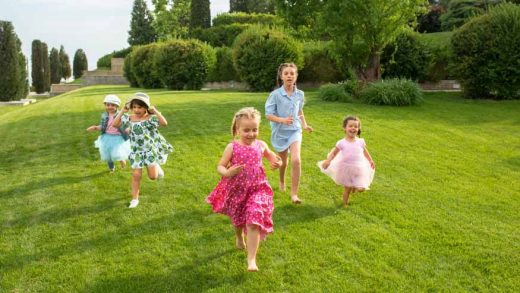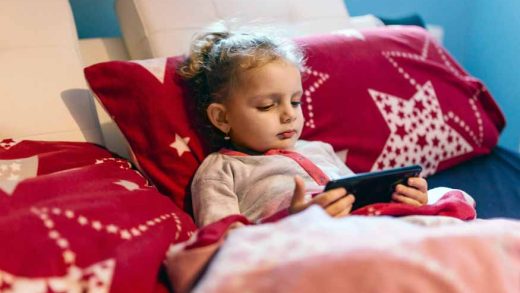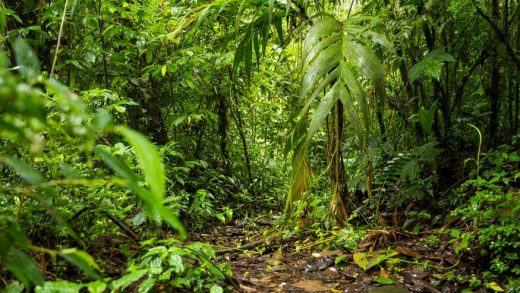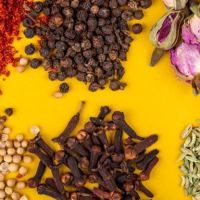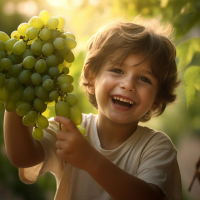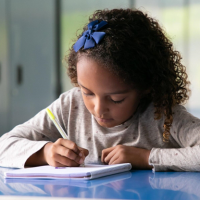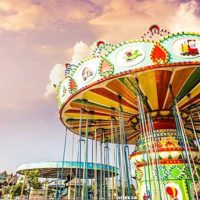Toddlers are natural-born scientists eager to investigate their world through hands-on play. They’re driven by an insatiable curiosity, asking “why?” and “how?” with boundless enthusiasm. While formal science lessons might be years away from them, the kitchen, backyard, and even the bathroom can become vibrant classrooms for early science experiments for kids.
From Kitchen to Classroom: 5 Easy Science Experiments for Kindergarten
Let’s find out some science experiments for kindergarten kids that are interesting, simple and safe.
- Baking Soda Balloon Extravaganza:
The Science: This classic experiment demonstrates a chemical reaction between baking soda (a base) and vinegar (an acid) that produces carbon dioxide gas. This gas inflates the balloon like magic!
Materials:
- Empty plastic bottle
- 1 tablespoon baking soda
- 1/2 cup vinegar
- Funnel
- Balloon
Instructions:
- Add the baking soda to the bottle using the funnel.
- Carefully pour the vinegar into the bottle.
- Quickly stretch the balloon opening over the bottle mouth.
- Watch as the balloon inflates with fizzy excitement!
- Bouncy Ball Bonanza:
The Science: This experiment introduces the concept of polymerization, where tiny molecules link together to form a long, flexible chain. Borax and glue combine to create a fun, squishy ball!
Materials:
- 1/2 cup cornstarch
- 1/4 cup white school glue
- 1 tablespoon borax powder
- Food coloring (optional)
- Small bowl
- Spoon
Instructions:
- Mix the cornstarch and glue in the bowl.
- Add the borax powder slowly while stirring. The mixture will start to clump.
- Knead the dough until it becomes smooth and less sticky.
- Add food coloring (optional) for a coloured ball and continue kneading.
- Shape the dough into a ball.
- Tada! The bouncy ball is ready.
- Lemon Volcano Eruption!
The Science: This experiment demonstrates the reaction between citric acid (found in lemons) and baking soda (sodium bicarbonate). When these two ingredients mix, they produce carbon dioxide gas, causing the fizzy eruption.
Materials:
- Half a lemon
- Spoon
- Baking soda
- Food coloring (optional)
- Bowl or tray
- Craft stick (optional)
Instructions:
- Scoop out the pulp and seeds from the lemon half to create a small volcano bowl.
- Add a few drops of food coloring to the lemon juice (optional, but adds visual excitement!).
- Sprinkle a generous spoonful of baking soda into the volcano.
- Watch it fizz! If the eruption isn’t impressive, add another spoonful of baking soda.
- Dancing Tissue Paper Flyers:
The Science: This activity demonstrates the effects of air resistance and lift on light objects.
Materials:
- Tissue paper cut into squares
- Straws
- Tape
- Open space with some air movement (like a fan)
Instructions:
- Decorate the tissue paper squares with markers or crayons (optional).
- Tape a short piece of straw to the center of each tissue paper square.
- Stand in an open space and hold the straw with the tissue paper facing the air movement.
- Blow through the straw and watch the tissue paper squares dance and spin!
- Rainbow in a Jar: Liquid Light Show!
The Science: This activity demonstrates the different densities of various liquids and how they create layers in the jar, refracting light to create a rainbow effect.
Materials:
- Tall, clear jar
- Water
- Vegetable oil
- Honey (optional)
- Food coloring (red, blue, yellow, green)
- Dropper or small spoon
Instructions:
- Carefully pour vegetable oil into the jar to fill about 1/3 of the space.
- In a separate container, mix warm water with a few drops of blue food coloring. Using the dropper or spoon, slowly add the coloured water to the jar, tilting it slightly to let the water flow down the side and settle under the oil.
- Repeat step 2 with green and yellow food coloring, creating separate layers.
- (Optional) For a denser layer at the bottom, add a spoonful of honey and mix it carefully with a drop of red food coloring before gently layering it below the yellow.
- Your rainbow in a jar is complete!
Benefits of simple science experiments for kindergarten: Pros to Mark
Beyond the giggles and messy fun, engaging in playful science activities provides lots of benefits for your little explorers:
- Sparkling Curiosity and Wonder: Fun science experiments for kindergarten become a captivating adventure for kids. Every question becomes a puzzle to solve, every observation a new discovery.
- Blooming Cognitive Skills: Experimenting fosters problem-solving abilities, critical thinking, and creativity.
- Building Confidence and Self-Esteem: Mastering new skills and witnessing the power of their actions boosts their confidence and self-esteem. They learn to trust their intuition, and take risks.
- Nurturing Sensory Development: From the fizzy feel of baking soda to the vibrant colors of a rainbow in a jar, science engages all their senses. This multi-sensory learning experience builds strong neurological connections, supporting overall development.
- Strengthening Bonds and Communication: Science experiments for kids isn’t just a solo adventure. It offers opportunities for collaboration. You can easily bond with your child while guiding them with their science experiments.
Tips for Parents: Making Fun Science Experiments for Kindergarten More Impactful
Your guidance and a little appreciation can make your child’s science experiments more effective. Here’s what you can do.
- Give them their space to conduct their science experiments. Stock the space with basic materials like measuring cups, funnels, droppers, colorful paper, and natural treasures like leaves, rocks, and feathers.
- Encourage open-ended exploration and let their creativity guide the process.
- Instead of dictating steps, follow your child’s lead and ask open-ended questions.
- Show genuine interest in ideas and discoveries.
- Point out scientific wonders in daily routines. Talk about the clouds in the sky, the rainbow after the rain, or the bubbling water in the pot.
Science experiments for kids are less about experiments and more about getting excited and having fun. Engaging them in such activities at a young age will help them take interest in nature and science. School curriculum and teachers also have an important role to play in this regard. Your genuine enthusiasm and playful spirit will make your kid’s experiments more fun.
At Kangaroo Kids, we believe every child is an explorer! Our playful learning environment ignites curiosity and fosters creativity. For admission, contact us today!

